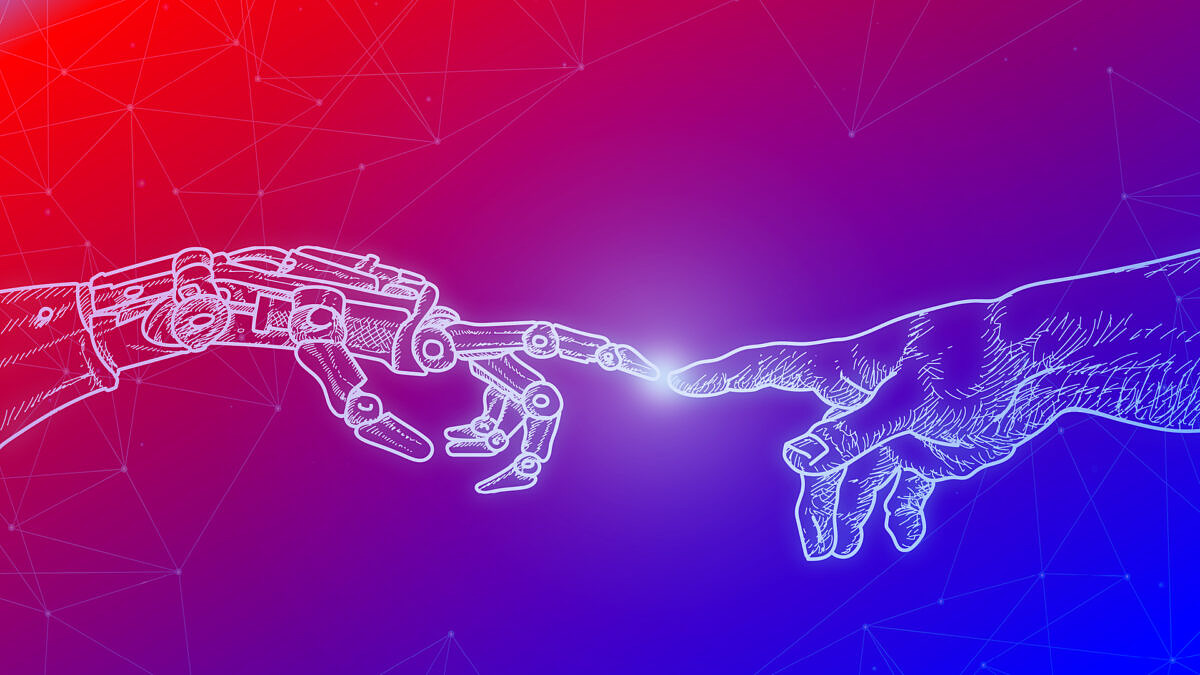Why CDR is so important in the AI era
Using AI is both a blessing and a curse for many companies. We tell you why CDR is a must in this field.

Risks of using AI in company processes
Modern technologies are increasingly being implemented in internal company structures. Whether to automate data evaluation, make customer support intelligent, or improve user-friendliness – AI is being leveraged in countless areas to simplify company workflows, optimize experiences, and utilize collected data to maximum advantage. However, the use of AI systems can also have negative side effects, such as poor decisions or the discrimination of people.
“AI bias” is a well-known example in this respect. When an AI system is used to process data, it has usually been fed socially trained datasets beforehand. The problem: the data is often not inclusive or diverse, meaning that entire groups of society might not be acknowledged when the data is processed. For example, if a company uses an AI application to shortlist job applications, certain applicants might be disadvantaged and discriminated against during the selection process depending on the data resources that have been used.
But how can companies reliably avoid such problems and incorporate new technologies in an ethically responsible way? The solution: corporate digital responsibility (CDR) paves the way for responsibly assessing the risks and opportunities of AI.
CDR & AI: recognizing and fulfilling digital responsibility
Digital tools are rapidly progressing and becoming more and more widespread. As a result, the digital responsibility of companies is also growing. After all, their digital activities could have an impact not only on society, but also on our planet’s climate and resources.
So, how can companies take a comprehensive approach to fulfilling their digital responsibility? Many large companies are already adopting holistic CDR concepts to analyze the direct and indirect effects of their AI systems and other technologies and make necessary adjustments. Other CDR action areas include topics such as sustainability, resilience, and the ethical design of digital products.
Companies that address CDR and AI early on and implement a sustainable, transparent, and responsible corporate policy will also gain decisive competitive advantages, because customers will have more trust in a company that openly acknowledges the corporate digital responsibility that it has to society.
Developing a CDR concept presents a range of challenges to many companies – including from a financial and resource perspective. To assist them, the German Association for the Digital Economy (BVDW) has created the Building Bloxx, a CDR framework aimed at helping companies get started or enabling them to successfully refine their existing activities.
“AI Act”: harmonized law governing the use of AI planned for 2024
To prevent the misuse of AI systems and lay down harmonized rules on AI, the EU is planning to bring the “AI Act” into force in 2024. The act sets out legal requirements relating to the development, launch, and use of AI. By this point at the latest, companies that develop or use AI tools will have to implement and comply with the regulation.
CDR & AI: taking a stance with maximum transparency
Using AI is associated with risks in terms of equality, data privacy, and sustainability. However, many companies still lack the critical awareness of the disadvantages of digital technologies. Implementing a comprehensive CDR strategy means incorporating it into every single process and encouraging employees to approach AI responsibly. At the same time, customers must be given transparent insights into the use of artificial intelligence. Every company must face up to its digital responsibility in the long term if it wants to stay competitive and gain the trust of its target group.





